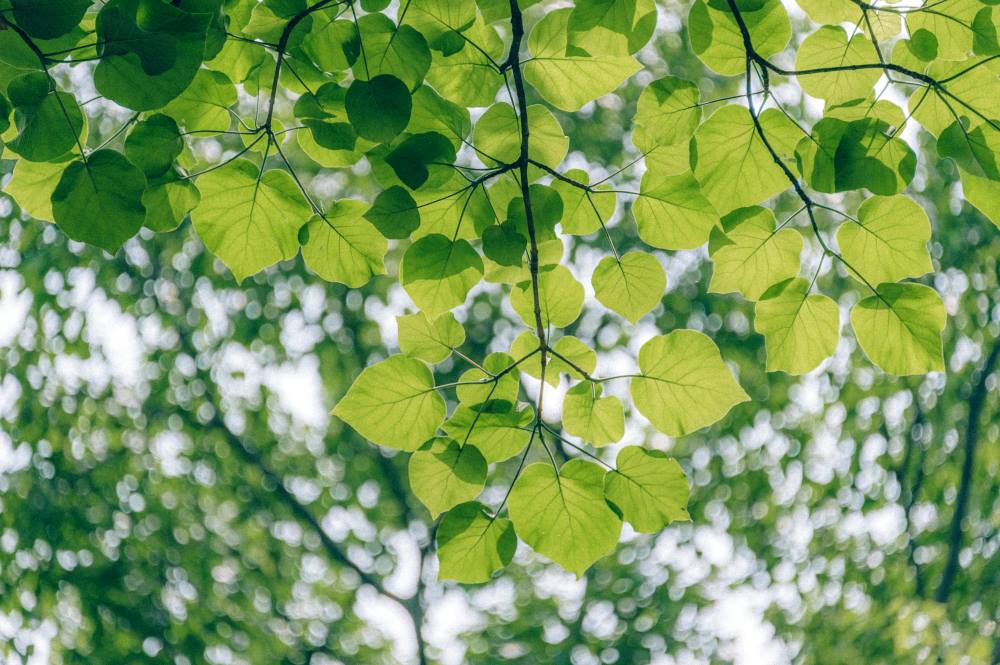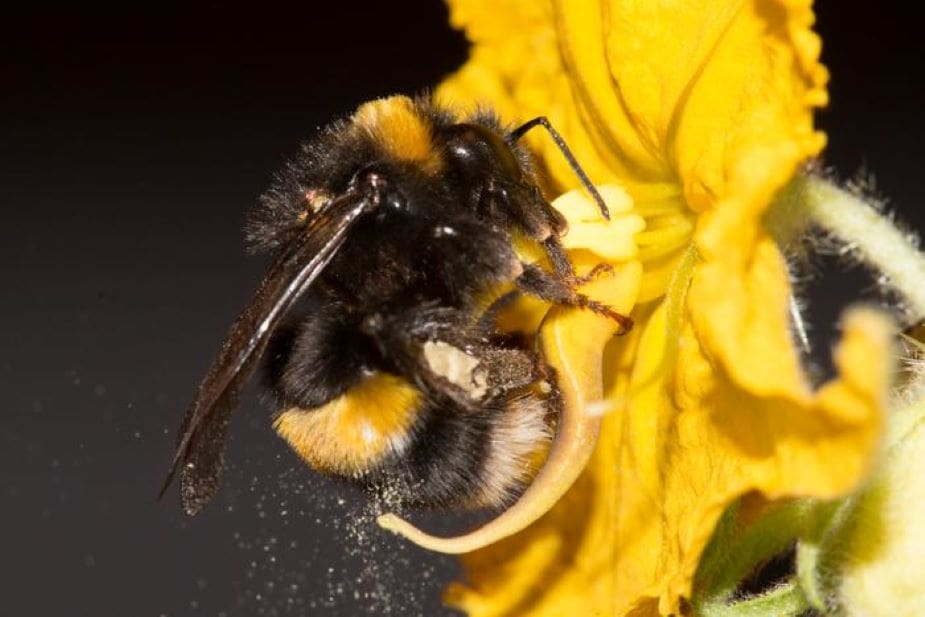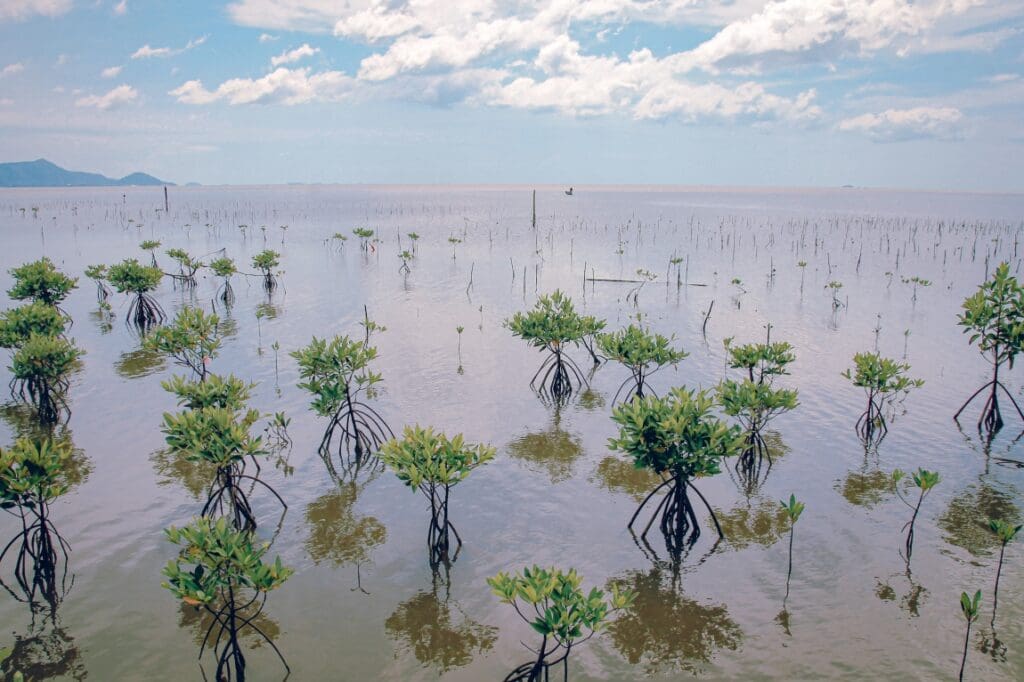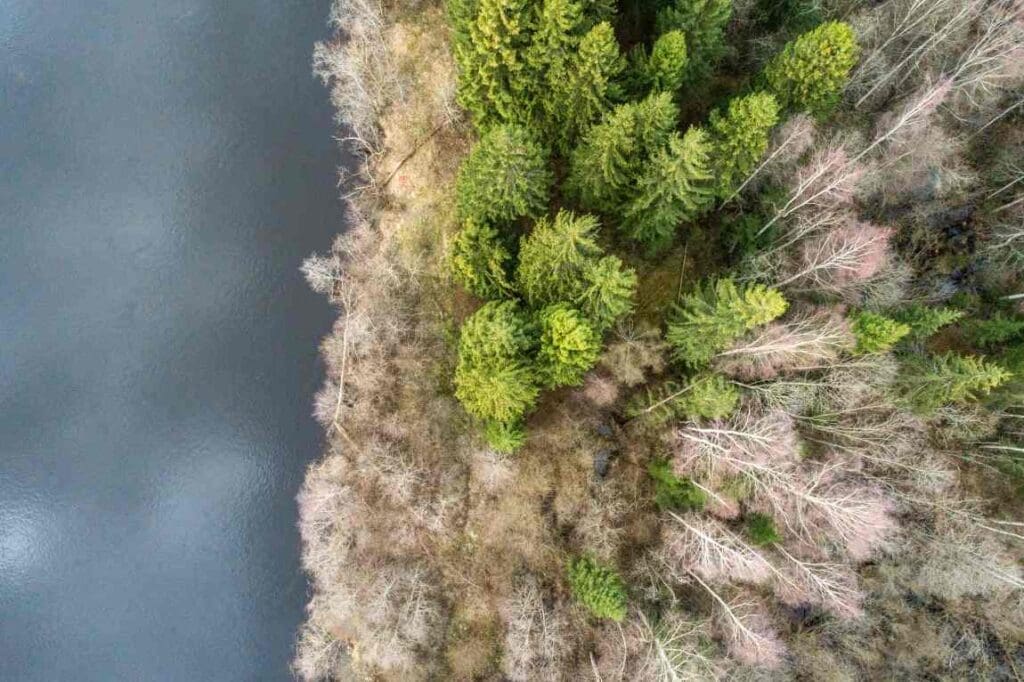Summary:
Even in record-breaking heat, city trees can keep their cool and ours. A new study published in Urban Forestry and Urban Greening finds that plane trees (Platanus × acerifolia) in Geneva continued evaporating large amounts of water during the summer of 2023, helping offset urban heat despite two severe heatwaves.
Researchers from the Swiss Federal Institute for Forest, Snow and Landscape Research (WSL) and EPFL installed sensors on eight trees in the suburb of Lancy to monitor sap flow, stomatal behavior, and leaf and ground temperatures. Surprisingly, the trees maintained high rates of transpiration even as air temperatures soared past 39 °C, contrary to prevailing models that predict a sharp decline in cooling ability during such events.
The study found that latent heat fluxes – the cooling effect from transpiration – compensated for about a third of the incoming solar heat, even during peak heatwave conditions. Lead author Christoph Bachofen notes that deep soil water reserves may help explain the unexpected resilience.
These findings suggest that current models underestimate how much trees contribute to cooling during extreme weather, which has direct implications for urban planning. As heatwaves become more frequent, understanding which species offer reliable cooling is a growing priority for cities worldwide.
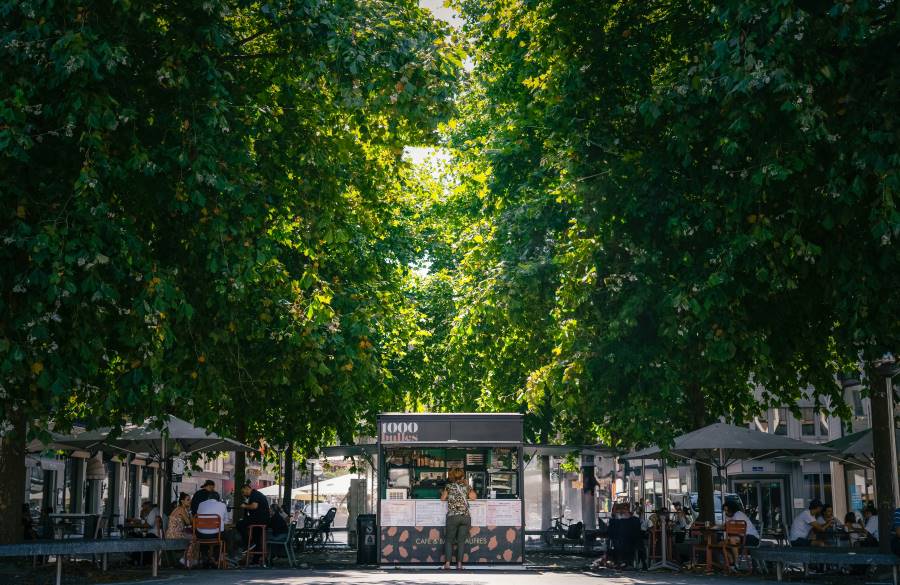
City trees provide cooling even in extreme heat
When the sun is beating down, urban trees cool the surrounding area by evaporating water through their leaves. Given the expected increase in heatwaves predicted by climate models, they play a crucial role in keeping cities pleasant places to live. However, trees also reach their limits at some point: if leaf temperatures rise above 30 to 35 °C, photosynthesis no longer works – the leaf pores close to prevent water loss.
A research team from the Swiss Federal Institute for Forest, Snow and Landscape Research (WSL) and EPFL has now investigated how plane trees behave under extreme conditions – with surprising results: even at temperatures above 39 °C, the trees continued to evaporate much more water than expected, effectively cooling the surrounding area.
Lead researcher Christoph Bachofen and his team installed measuring devices on eight plane trees in the Geneva suburb of Lancy in spring 2023. The sensors recorded the sap flow in the trunks, which allowed conclusions to be drawn about the amount of water evaporated and thus the cooling capacity. That summer, of all times, Geneva experienced two heatwaves with record temperatures of almost 40 °C.
Surprising results
Contrary to expectations, the trees did not stop their water flow – on the contrary, it actually increased as the heat rose, even though the air was extremely dry. “We clearly do not yet fully understand how trees react to extreme conditions,” explains Bachofen. The researchers suspect that deep water reserves in the soil helped the plane trees, among other things.
The extent of the water flow was surprising and raises important questions: if trees react differently to heat than previously thought, predictions about their cooling effect are also inaccurate – and the models used to predict future heat distribution in cities would be unreliable.
The fact that trees evaporate a lot of water even in extreme heat is good news for the urban climate. “Days with temperatures above 30 degrees Celsius are becoming more frequent,” says Bachofen. The next important step for research is now to find out how effectively other tree species transpire in extreme heat. This would enable recommendations to be developed on which species can cope not only with air pollution and road salt, but also with extreme heat. After all, cooling is just one of the many tasks performed by urban trees – but it will become increasingly important in the future.
Journal Reference:
Bachofen, C., Peillon, M., Meili, N., Bourgeois, I., & Grossiord, C., ‘High transpirational cooling by urban trees despite extreme summer heatwaves’, Urban Forestry and Urban Greening 107, 128819 (2025). DOI: 10.1016/j.ufug.2025.128819
Article Source:
Press Release/Material by Beate Kittl | Ecole Polytechnique Fédérale de Lausanne (EPFL)
Featured image credit: Min An | Pexels

